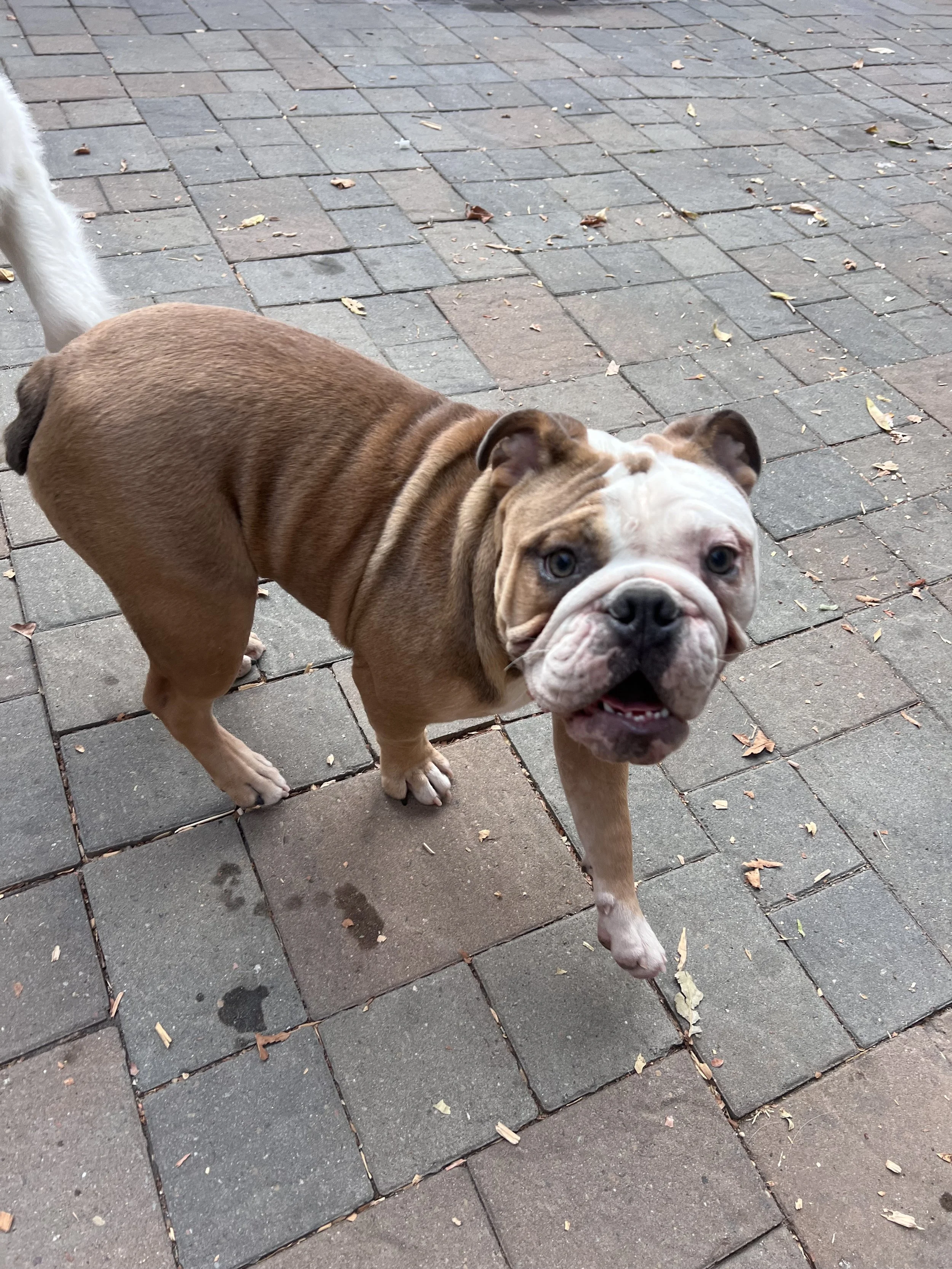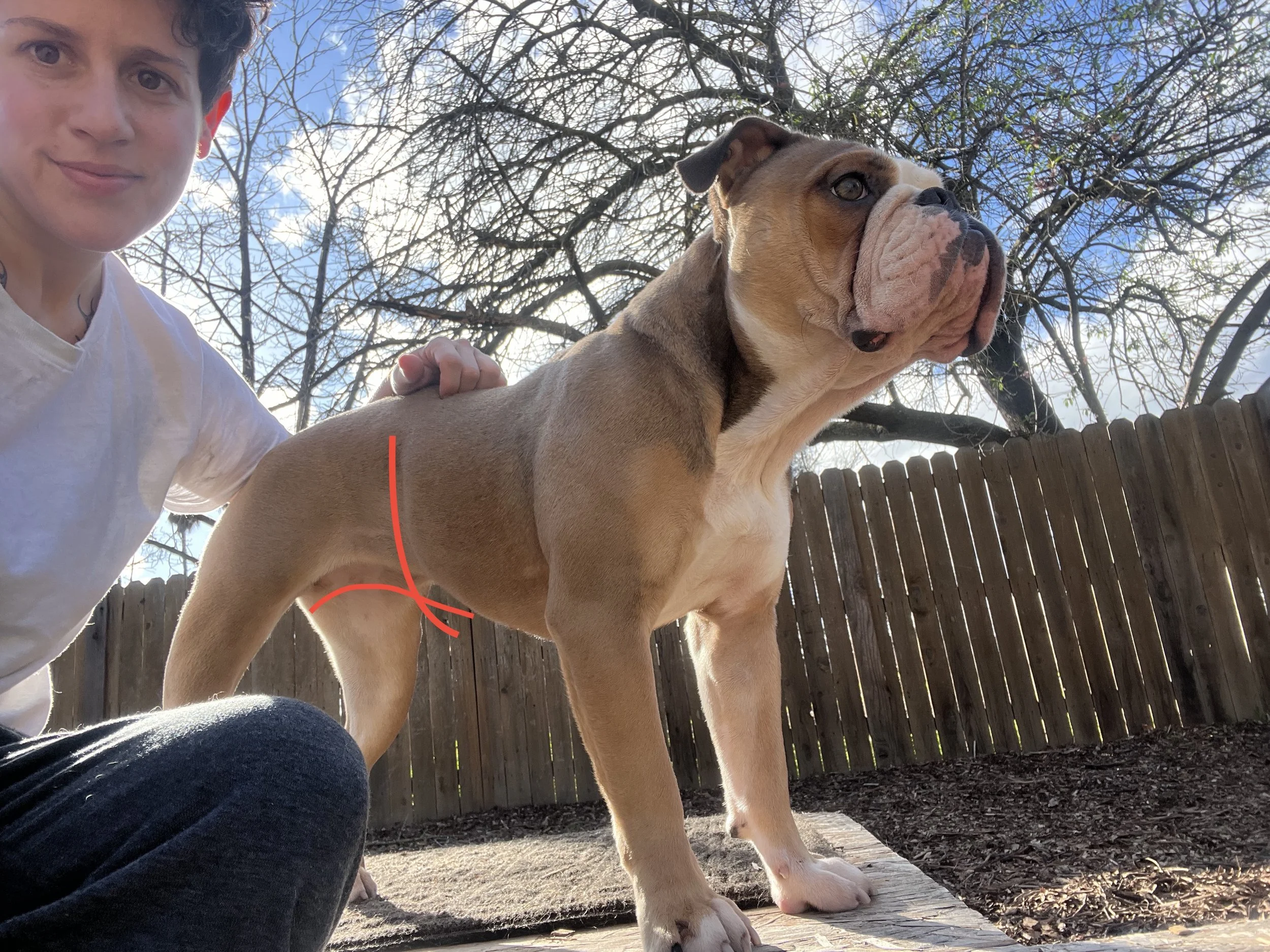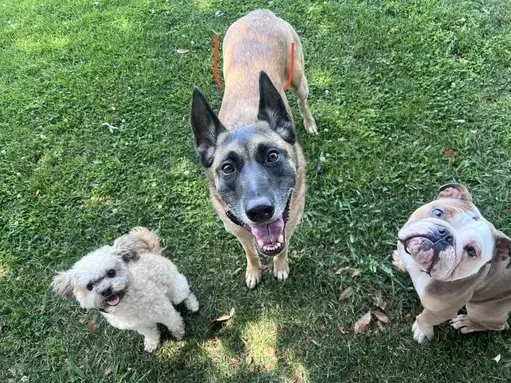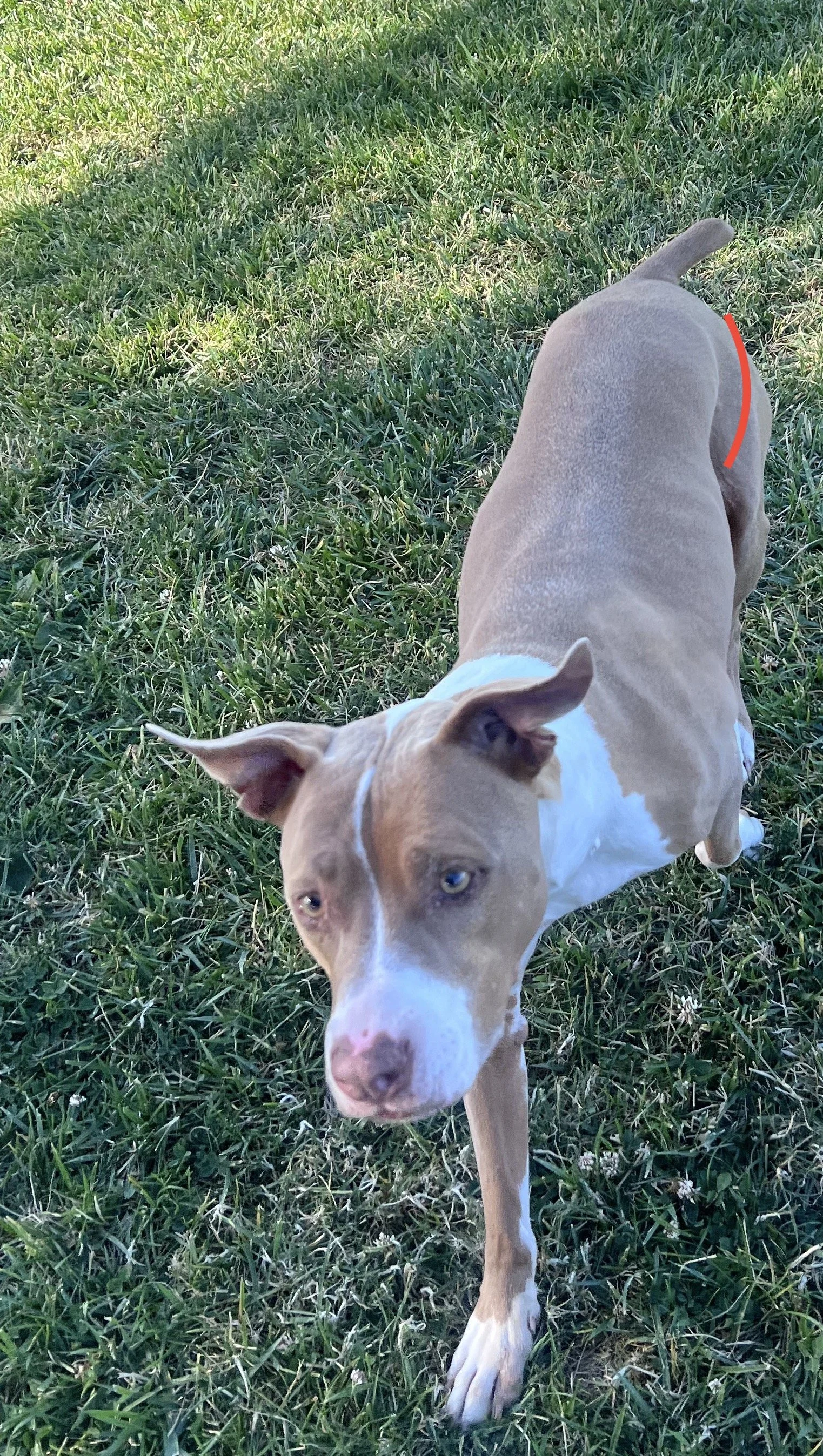How Much Kibble to Feed Your Dog
The amount of kibble you feed your dog plays a major part in your dog’s overall health. Dog-obesity due to overfeeding can cause a myriad of other health problems, and reduce the lifespan and quality of life for your dog. Understanding how much to feed your dog can be challenging, but with the right information, you can feel more confident you are giving your dog the nutrition they need, and helping them maintain a health weight.
Factors Affecting Nutritional Requirements for Your Dog
Activity Level
It’s important to consider your dog’s activity level when determining how much kibble to feed your dog. Sedentary dogs will be burning less calories and have lower caloric needs than a very active dog. It’s not unusual or uncommon for dog owners to slightly adjust how much they feed their dog on a daily basis depending on activity. On days where you take your dog on a run or a long hike in the Bay Area hills, you may give your dog a little extra treats or kibble. In contrast, if you and your dog have been binging Netflix for a few days, you might skim a little food off their normal portion, or cut the high calorie treats until they resume normal activity.
Age
Your dog’s age may impact how much kibble you should be feeding them. An older dog, especially one who is less active, may have a slower metabolism and require less food. A young puppy may have a fast metabolize and require more kibble than they would as an adult!
Breed and Health Considerations
It’s important to consider your dog’s breed when understanding how much kibble you should be feeding them. While puppies usually have fast metabolisms and require more food than they do as an adult dog, large and extra-large-breed dogs like Great Danes, Bernese Mountain Dogs, and German Shepherds, require a balance of receiving the proper nutrition without over-feeding and growing too fast too quickly.
Feeding a diet that is too calorically dense (high in fat) can cause puppies to grow faster than their bones can accommodate, resulting in possible skeletal abnormalities. While puppies require more protein than adult dogs, too much protein can create an imbalance of nutrients that may negatively impact bone and joint development. Dog breeds that are brachycephalic (with short and wide skulls), like French and English Bull Dogs, should also be kept lean, as extra weight can impair their ability to breathe and regulate their body temperature.
Outside of activity level, breed and age, it’s important to consider any health conditions your dog has when determining how much kibble to feed them. Some dogs with certain allergies do better on specialized diets, free from certain proteins or from common allergens, like corn.
Reading the Kibble Package - Yay or Nay?
I only use kibble packages to get a rough idea of how much to feed a dog. When I do this, I will err on feeding the dog the smaller portion recommended. The reason why I don’t follow kibble package guidelines strictly is because if you are overfeeding your dog using kibble package instructions, then you may end up continuing to overfeed your dog as they gain weight! Instead of following kibble package guidelines, I determine how much kibble to feed my dog by assessing their body condition and appetite.
Assessing Your Dog’s Body Condition
Assessing your dog’s body condition is the number one best way to determine how much kibble you should be feeding them. Short-coated dogs should have visible “tucks” or waists when viewed from the side and top. You should be able to see ribs subtly and they may become more pronounced if they are turned or laying on their side. Dogs with longer coats should still have a waist viewable from the top of them, and you should be able to feel their ribs easily when you touch them. Their ribs should not all be sticking out, but you should not have to press hard to “find” them.
Assessing Your Dog’s Appetite
One way you can tell if you are overfeeding your dog is if your dog has a poor appetite, or is disinterested in their kibble. Dogs who are receiving their caloric needs and not more are usually eager to eat their food! Sometimes people think their dog is just a “picky” eater, but if your dog is actually hungry, they will eat their food! The exception to this may be if you have a very anxious dog.
If your dog is normally a great eater and has lost their appetite, that can be a sign of illness and may be best to consult your vet. If you try to coax your dog with table scraps to entice them to eat, try reducing the amount of kibble you feed them first! Keep reading to learn about “free feeding” which usually weakens your dog’s desire for food.
Common Feeding Mistakes
Free Feeding
“Free feeding” is when you leave out your dog’s bowl of kibble all day and let them come and go and eat as they please. People think that this will give their dog the space to eat more, but what it actually does is reduce the value of the food and therefore dogs often become disinterested in their food if left out all day—this is especially true if you’re overfeeding them. I like to compare “free feeding” to having a buffet open at your house all day. If you have a 24/7 buffet, you can just graze all day, instead of sitting down and having a balanced meal.
If you have a buffet that’s closing in 5 minutes, you’re going to gobble up your food! I always ask my clients to stop free-feeding and practice other feeding routines when they are preparing to send their dog for a training program with me. Getting your dog to a healthy weight and improving their attitude about food will set them up for success in training. Instead of free-feeding, try putting down your dog’s bowl of food, and if they turn and walk away, pick up the bowl and offer it again at dinner time.
If you put their bowl of food down and they start eating, and then walk away before it’s finished, pick up the bowl and offer it again at dinner. If your dog is leaving food in their bowl, that is definitely a sign they are getting overfed!
If your dog doesn’t eat all of their food throughout the day, it may be because you are over-feeding them and or reducing how interested in food they are via “free-feeding.”
Overfeeding
Sometimes we overfeed our dogs because they always seem ravenous! For dogs that LOVE food, they seemingly can never get enough. It’s easy to feel tempted to give your dog bigger portions or more food when they gobble up their meals in seconds and then look at you like, "is that it??” Wanting more food is not necessarily a sign that you aren’t feeding your dog enough! Some dogs (like people), just love food, and will beg for food no matter how much you feed them.
Adding low-calorie things to your dog’s meals, like green beans, can increase satiation and bulk, while still allowing you to maintain your pet’s healthy weight. If your dog loves their food,, refer to your dog’s body condition to assess how much kibble you’re giving them, and not their appetite.
Not Considering Treats and Healthy Treat Alternatives
If you are giving your dog lots of treats throughout the day for training (or just because they are cute, haha), then you may be overfeeding them. Refer to your dog’s body condition, and reduce the amount of kibble you’re feeding them if you like to give them snacks and treats throughout the day. One thing I advise my clients to do is to portion out their dogs food in a ziplock, and pull from it throughout the day.
You can do this with treats, too, and that way you can keep better track of how much food you’re giving them! If your dog loves food, giving them treats like green beans, frozen carrots and apples, are a great way to supplement their kibble diet with lower-calorie treat options.
To sum it up, figuring out how much kibble to feed your dog, involves understanding their needs for their age and breed, and regular assessment of their body condition and appetite.





